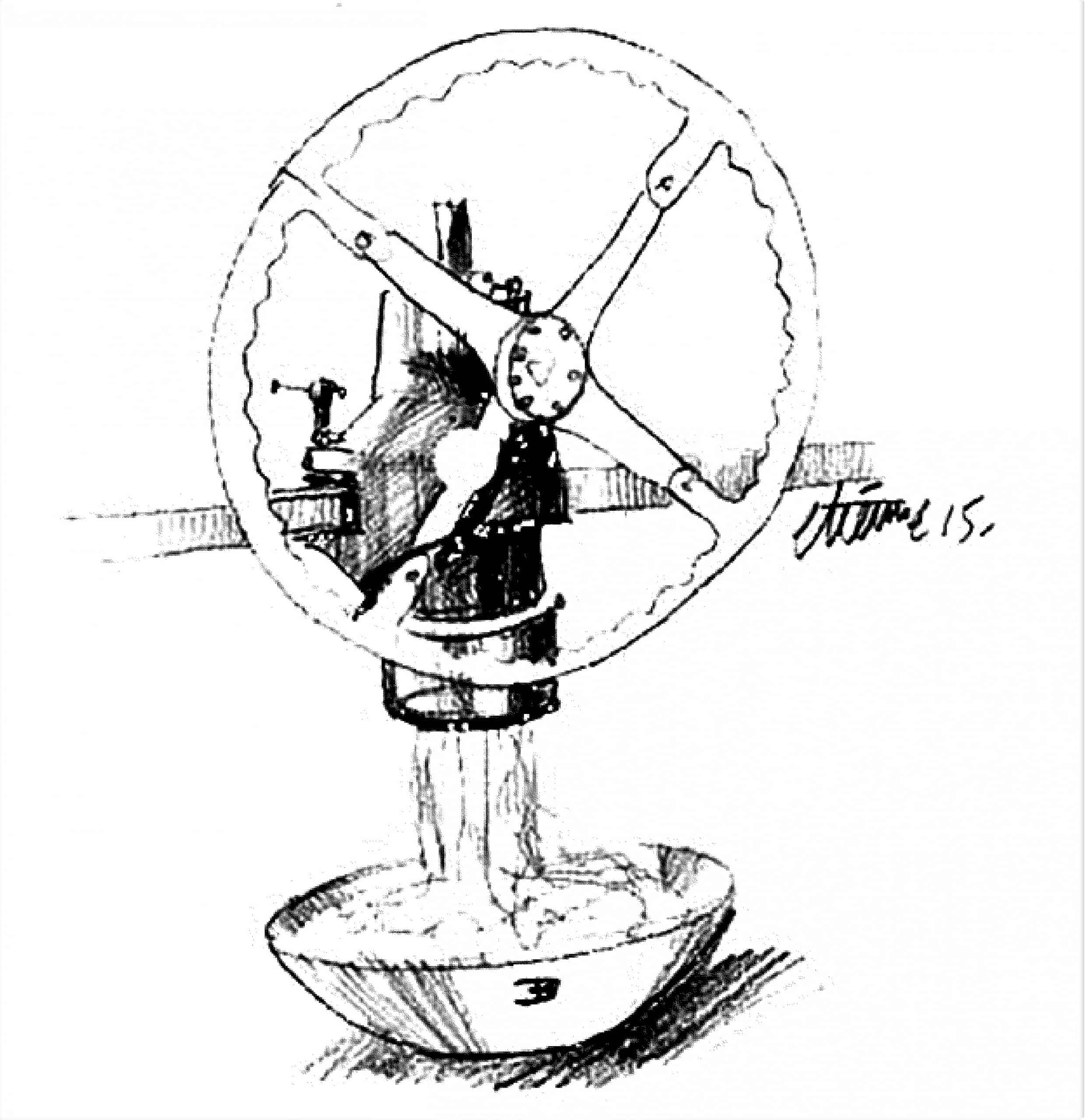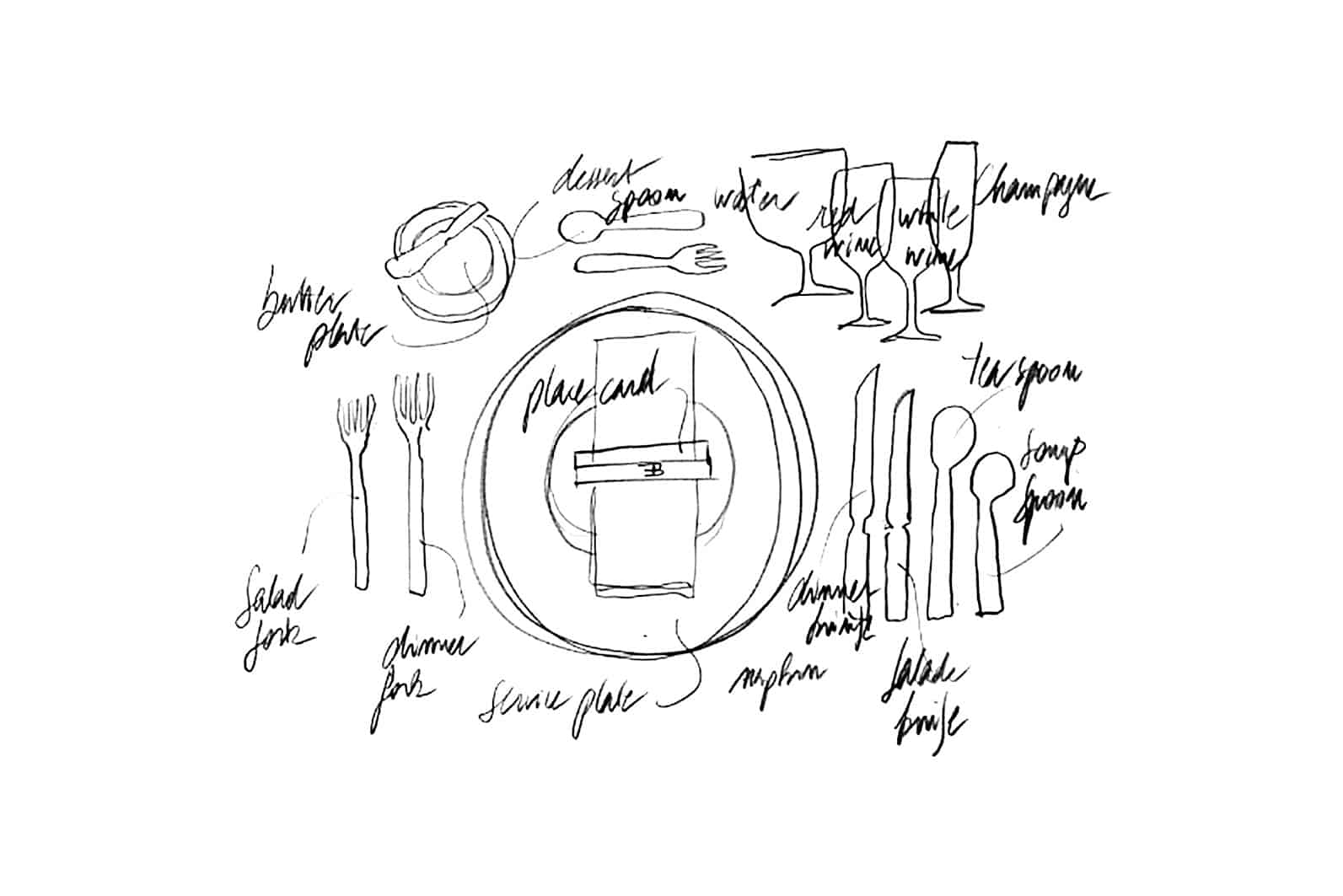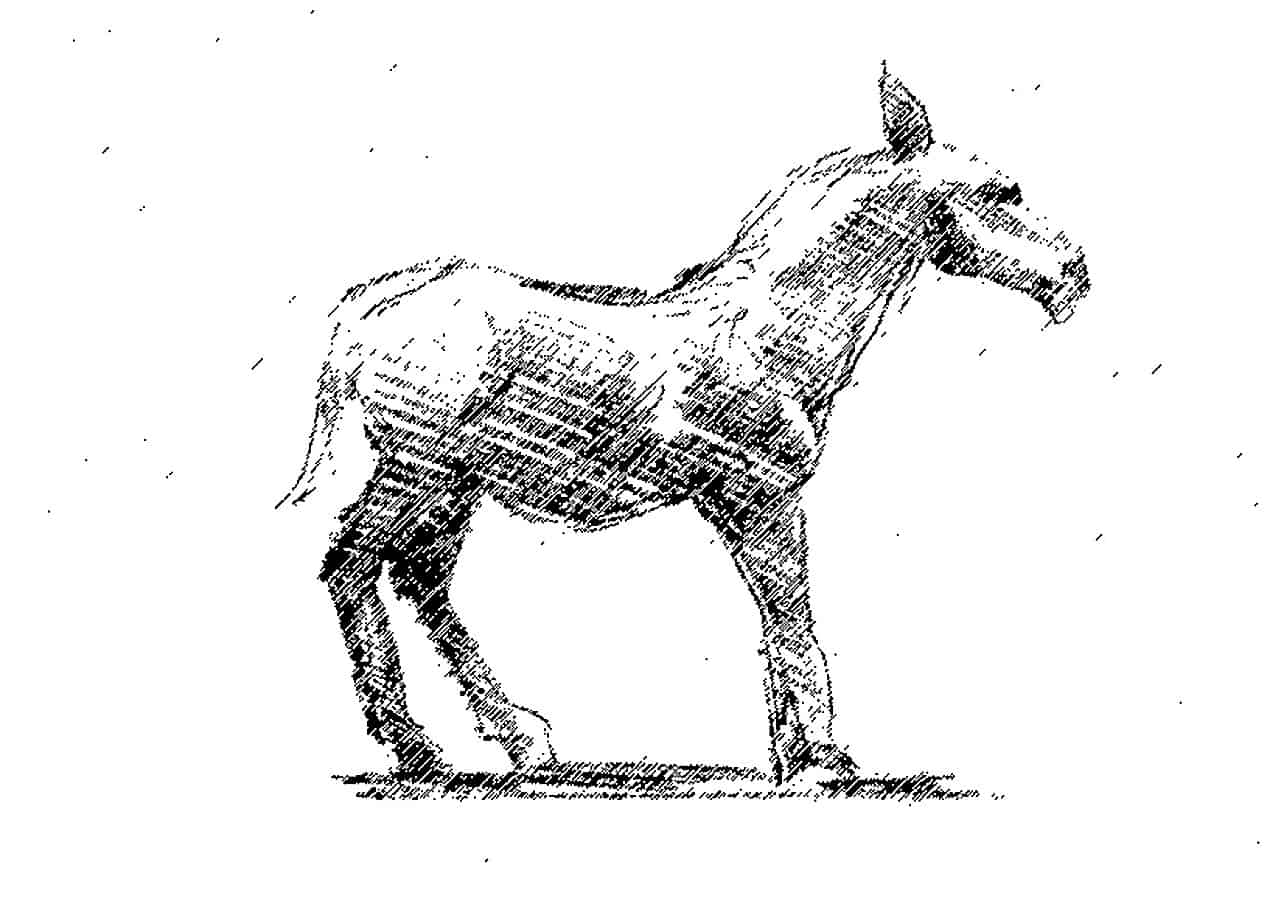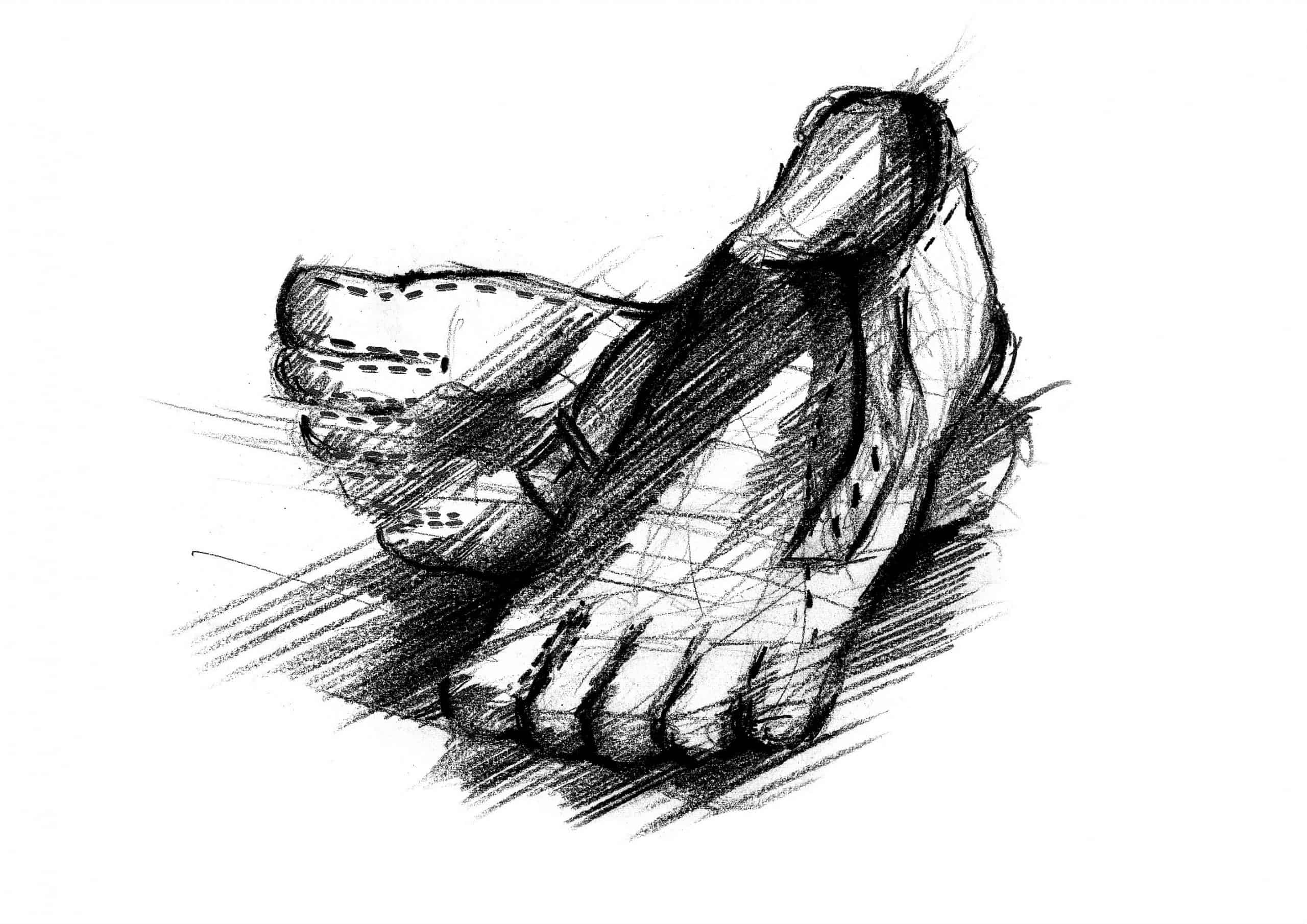Ettore Bugatti was a Renaissance man from a family of artists and craftspeople. He channeled his own artistic vision and inventiveness into fine motorcars for the road and race tracks that were technical marvels as well as unabashed things of beauty.
In a news release titled “Ettore Bugatti – Perfectionist and Inventor,” the Bugatti car company presents some little-known facts about the inventions he created and his many interests other than automobiles, always with a keen eye for aesthetics.
“A technical product is not perfect until it is aesthetically impeccable as well, Ettore Bugatti once said,” according to the news release. “And the company founder applied this standard not just to his own automobiles but to other everyday items, too.”
A few examples of Bugatti’s wide-ranging interests are included in the release, with the edited text as follows:

The pasta machine with a steering wheel
One day, Bugatti’s cook complained about a malfunctioning pasta machine in the kitchen. It would take several weeks before a new machine could be delivered to the Alsace region. Since Bugatti was not about to go without his beloved pasta, he designed a new machine – one that was easy to use, aesthetically attractive and capable of producing the best pasta far and wide.
The mechanics at his production facility built the machine based on his drafts. The design reflected Bugatti’s automobile roots: instead of an ordinary handwheel, a Bugatti Type 46 steering wheel served as a crank to operate the machine and convert the dough into pasta. The original machine was auctioned in March at Bonhams for around $37,500.
Orangery for his basil
For Bugatti, a proper serving of pasta always required two to three leaves of basil for garnishing purposes. Since his beloved basil was not freshly grown near Molsheim, he built a greenhouse with a special ventilation system and based on a remarkable steel construction. Bugatti had fruit and other plants grown there in addition to basil. This orangery still stands.

Ettore Bugatti’s cutlery
As can be seen by his having his own chicken farm and pasta machine, good food was very important to Bugatti. He was irritated that there was no specific cutlery for the intermediate course of a regular meal, so he decided to design and develop his own cutlery.
Each item bore an “EB” crest and was ergonomically perfect to hold. He also established a specific method of laying the table with cutlery, plates and glasses that was tailored to his needs.
Famous for his impeccable manners and expecting the same of his guests, Bugatti is said to have once refused to sell a car to a gentleman of royal descent because he had bad table manners – he was simply unable to eat with a knife and fork.
Bébé Bugatti Type 52
If you want to be a good driver, you can’t start early enough. As a gift for his son Roland on his 5th birthday, Bugatti designed a 1:2 miniature version of the Type 35: the Type 52. This vehicle, called Bébé Bugatti, was powered by an electric motor and a 12-volt battery and was able to reach speeds of up to 20 km/h.
The vehicle served his offspring as a swift means of transport around the château grounds, but it quickly found favor with visitors, friends and customers, too. The Bébé Bugatti became quite popular and numerous orders were placed for it. In total, Ettore Bugatti produced several hundred of the vehicles between 1927 and 1930 – a resounding success.

Pur sang
In addition to his passion for technology and automobiles, Bugatti was particularly enthusiastic about horses – even though by producing cars he made horses as means of transportation unnecessary. As an expert on thoroughbred horses (pur sang in French), Bugatti described cars as he would horses: hot-blooded, fast and reduced to the pure essentials of muscle power – “the pur sang of the automobile world.”
As far as Bugatti was concerned, horses were not primarily a means of transportation; they were noble creatures. He bred thoroughbreds that he kept on his grounds in Molsheim. His love for horses went so far that he had some of the doors in his workshops replaced by special lock plates he designed himself which the horses could open by pressing their noses against them. This meant that he no longer had to dismount and open the doors himself before entering the workshops but could ride through conveniently.
Bugatti also enjoyed welcoming visitors and customers on horseback. Sometimes he was accompanied by his donkey, Totosche, which he received as a gift from Count Florio after winning the Targa Florio in 1929 — for the fifth time in succession. The lucky animal was able to roam freely around the grounds as part of Ettore’s private zoo.
In addition to horse breeding, Ettore Bugatti was also an enthusiastic breeder of terriers.
Ettore’s patents
Ettore Bugatti patented about a thousand inventions in the course of his life. Not all of these patents are directly related to cars, as are the aluminum wheel rim, the unbreakable windscreen, ultra-light folding seats and automatic filler caps. Not to mention his very own hexagonal nuts and bolts, which provided more effective and more stable grip than others, even at high speeds.
Bugatti was also interested in everyday objects and had his new ideas patented if they were promising. These included a cylindrical razor, an ultra-light frame for bicycles and motorcycles, and security locks. The ingenious inventor even created a casting rod for anglers. He designed countless items for practical everyday use that were not patented, including gates, doors, lighting fixtures, armchairs, vices, surgical instruments, horse harnesses and blinds for windows.

Five-toed shoes
Bugatti walked around in five-toed shoes long before the modern versions of this footwear emerged. In the 1920s, racing driver Louis Charavel – who generally went by the pseudonym “Sabipa” – went to visit Ettore Bugatti in Molsheim. The latter was wearing a colonial helmet, a cream-colored silk jacket with a blue hem and very special shoes – like fingered gloves, they had a bulge for each individual toe. For Ettore Bugatti, this was the most natural thing in the world and very comfortable:
“After all, you don’t buy mittens if you want fingered gloves. Why shouldn’t it be the same with shoes?” he asked his astonished guest. Even though he rarely wore these shoes, they were of course perfectly manufactured – as were all his inventions.






HELLO Mr Golfen from England.
Having read your fascinating piece on Mr EB, I would like to learn more.
Are you able to furnish me – a retired journalist – with the complete press release and any other accompanying illustrations?
If not, I would appreciate any helpful guidance you could provide.
Thanking you in advance.
Richard Bull
7 Clive Road
Bromsgrove
Worcestershire
England
B60 2AY